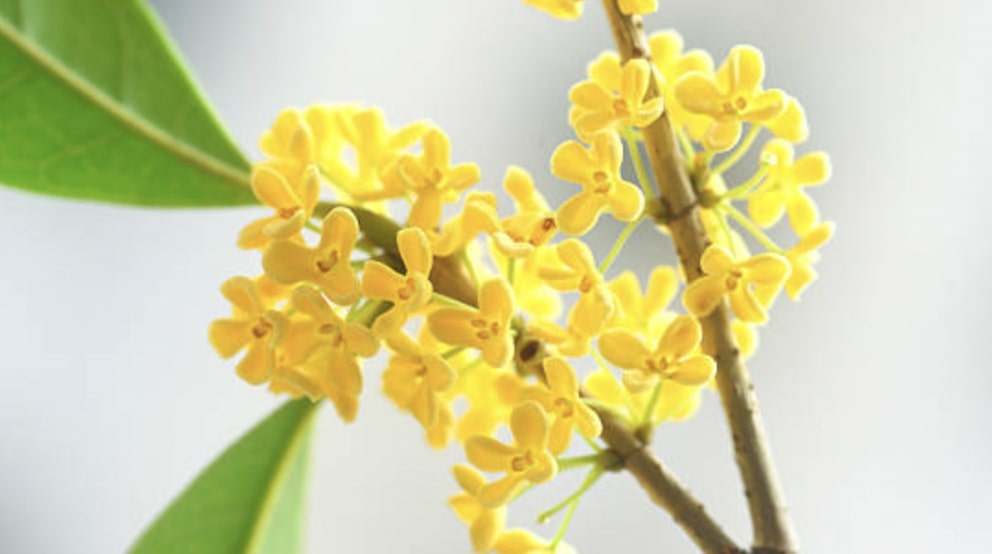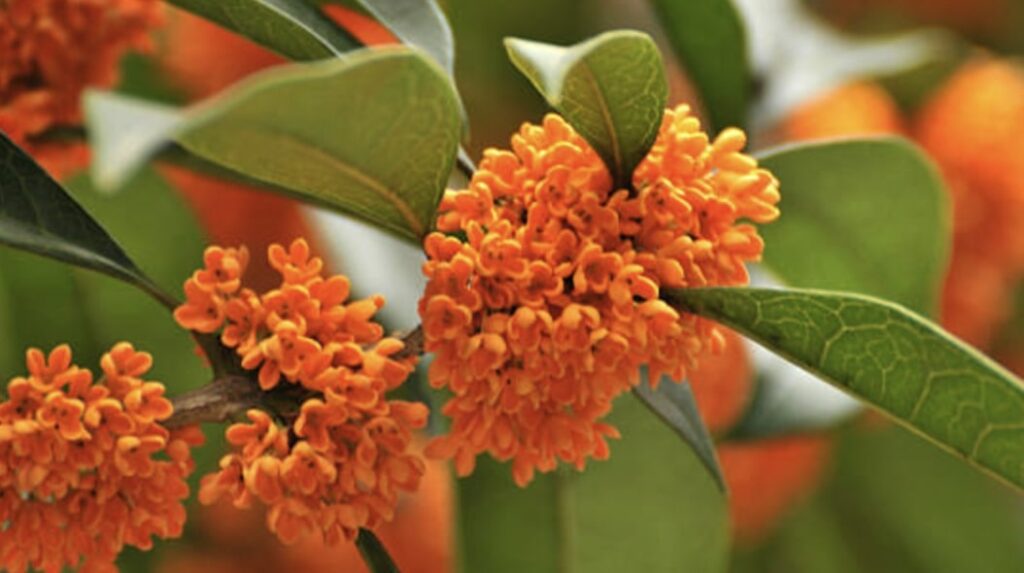Osmanthus is well-known for its eye-catching yellow or golden blossoms and rich, heavenly scent. Belonging to the olive family, it’s a genus that is made up of 30 kinds of flowering plants.
The flower is home to China. It has been around for centuries, used as a medical herb and perfume, and has been written about in captivating and romantic legends and songs.
Just like other flowers, osmanthus flowers certainly have a special meaning and cultural significance of their own. And we are going to talk about them in our guide here.
What does the osmanthus flower symbolize?


Osmanthus flowers symbolize real love, faithfulness, fertility, and peace.
In China, it’s not uncommon to see them being carried by a bride and her maids or featured as table centerpieces at wedding events.
Besides that, they can be given as a gift to the groom’s parents to signify goodwill and peace.
Looking at its bountiful flower display, it also makes sense that osmanthus can mean wealth, good luck, and generosity.
Flower Meaning by Color
Like roses, osmanthus also differs in meaning by color. There are yellow, red, orange, and white varieties.
Yellow osmanthus symbolizes non-romantic affection, bliss, optimism, and sincerity.
Red osmanthus is a classic one. It means love and romance and is excellent for giving to your spouse or partner on Valentine’s Day or your anniversary.
Orange flowers of this kind indicate joy, serenity, and good thoughts. So they are great to give to a friend that is fun to be with or makes you happy or laugh a lot.
Lastly, white osmanthus, together with pomegranate plants, is what a bride customarily hands to her new family to tell them that she accepts them or has an open mind and heart for them.
The Cultural Significance of Osmanthus


This flower is one of the ten most popular flowers in China where it has had a huge historical and cultural significance.
Here are only a few of them:
Going back to the Song Dynasty (960 – 1279), Yang Wanli, a poet and politician, said that its pleasing scent came from the moon above the skies, not from earth.
As a matter of fact, according to a Chinese legend, osmanthus first grew on the moon. At that time, the people below were suffering from a deadly plague.
Seeing their suffering, fairies scattered osmanthus seeds on earth where they budded and flowered. The flowers were then made into wine that those afflicted with the disease drank, thereby curing the malady.
Another fascinating tale tells of the Jade Emperor who visited the moon via the silver bridge linking the earth and the moon. When he was there, he saw a grand osmanthus tree in front of a wondrous palace.
Thereupon, he was allowed in and invited to a dinner. He was entertained by dancers and ate moon-shaped and osmanthus-sweetened cakes.



